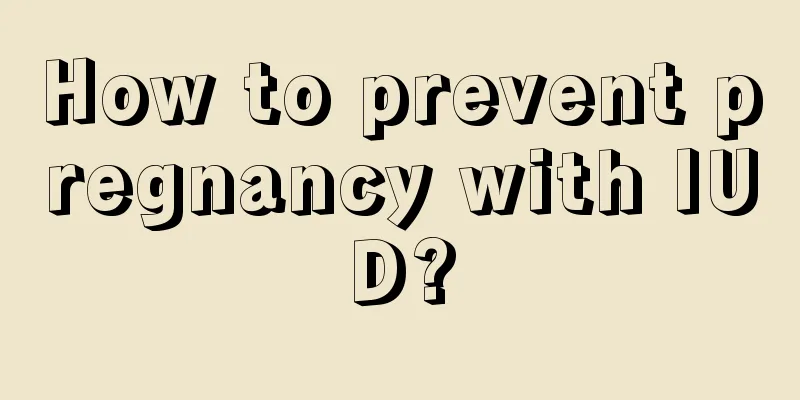What is high-risk HPV?

|
HPV infection can be divided into low-risk and high-risk types. If you are infected with HPV, you will easily develop symptoms such as genital warts. In particular, high-risk HPV infection is very harmful to your health and can easily induce cervical cancer. Therefore, women who are infected with high-risk HPV will be very scared. Experts point out that once infected with HPV, relevant treatment must be received in time to avoid the occurrence of serious diseases such as cervical cancer. What is high-risk HPV? Human papillomavirus (HPV) is a species-specific epithelial virus with a high degree of specificity. PHV is a non-enveloped DNA virus that causes benign tumors and warts in humans. Clinically, there are dozens of HPV types, and different types can cause different diseases. Depending on the pathogenicity or carcinogenicity of HPV subtypes, HPV can be divided into two categories: high-risk and low-risk. In addition to causing genital warts, high-risk HPV can more importantly cause genital cancer, cervical cancer and high-grade cervical intraepithelial neoplasia. The main virus subtypes are HPV16, 18, 31, 33, 35, 45, 51, 52, 56, 58 and HPV61. Low-risk HPV mainly causes exogenous wart-like lesions on the anal skin and male external genitalia, female labia majora and minora, urethral orifice, and lower vagina, as well as low-grade cervical intraepithelial neoplasia. Its virus subtypes include HPV6, 11, 30, 39, 42, 43 and HPV44. Is high-risk HPV dangerous? High-risk HPV is mainly transmitted to humans through direct or indirect contact with contaminated objects or sexual transmission. After the virus invades the human body, it stays in the skin and mucous membranes of the infected area without producing viremia. Within 1 to 2 months after the appearance of the infected lesions, corresponding antibodies are produced in the blood against the infected virus. If a blood test is done at this time, the result will be positive, and the positive rate is around 50-90%. 15 high-risk HPV types, especially types 16 and 18, mainly cause the occurrence of high-grade cervical intraepithelial neoplasia and cervical cancer. The positive rate of HPV DNA detected in cancer tissues by nucleic acid hybridization method is as high as 60%. |
<<: What are the remedies after having sex during menstruation?
>>: What does HPV negative mean?
Recommend
What to eat to make up for frequent ejaculation
During sexual intercourse, men's sexual inter...
How often is it best to have sex?
Sex life is a spice of life and a catalyst for de...
Dorsal nerve block
Due to the rapid development of society, the pres...
What are the dangers of taking emergency contraceptive pills?
Because at the moment of passion, no protective m...
Is it reliable for a single woman to find someone to "fill her bed" during her lonely period?
The window period is easy to understand. There is...
What are the uses of condoms?
Condoms are an indispensable defensive item in ou...
I haven't gotten pregnant in four years, but I became a mother immediately after taking this food
I remember that we had started preparing for preg...
Men at 20 and women at 40 love to do this most
In many people's dreams, love dreams appear f...
Good women all watch porn movies
I am a lustful woman, and I am blatantly lustful....
5 reasons why men ask for sex before marriage
Do all men ask for sex before marriage? Why do th...
What are some exercises that can help women improve their sexual performance?
Many women are not very active in their sex lives...
Can pubic lice transmit AIDS?
The human body is truly amazing. Only by understa...
Women's oral sex skills
Various caressing actions such as kissing with th...
Uncover the six taboos in married life
1. Staying silent and indifferent for a long time...
Surprise! There is a group of men called "abortion men"!
When it comes to abortion, people tend to instinc...









